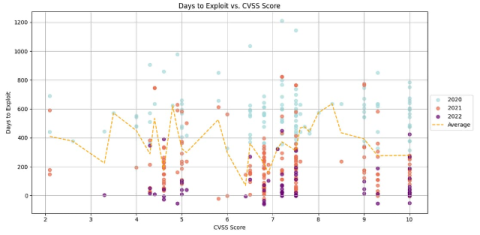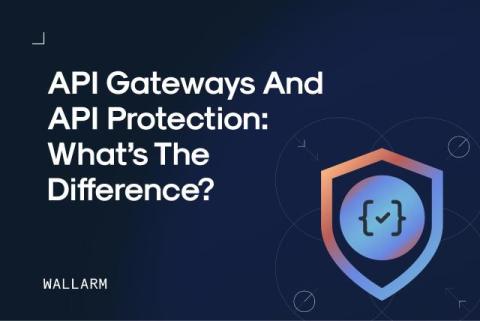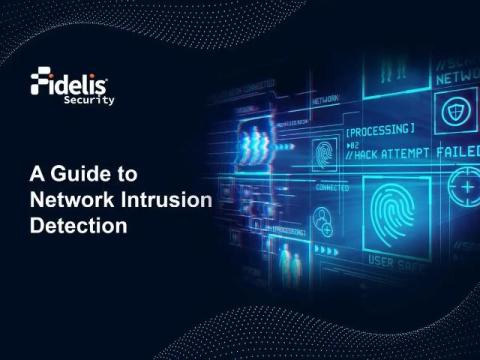ZTNA Use Cases: Real-World Examples for Modern Enterprises
The rise of hybrid and remote work has created unprecedented opportunities for forward-thinking organizations and their employees. At the same time, it has also created unprecedented opportunities for threat actors. The ability to access sensitive files from almost any machine, while convenient, can be a profound security risk. That’s why it’s worth considering a few real-world ZTNA use cases.











